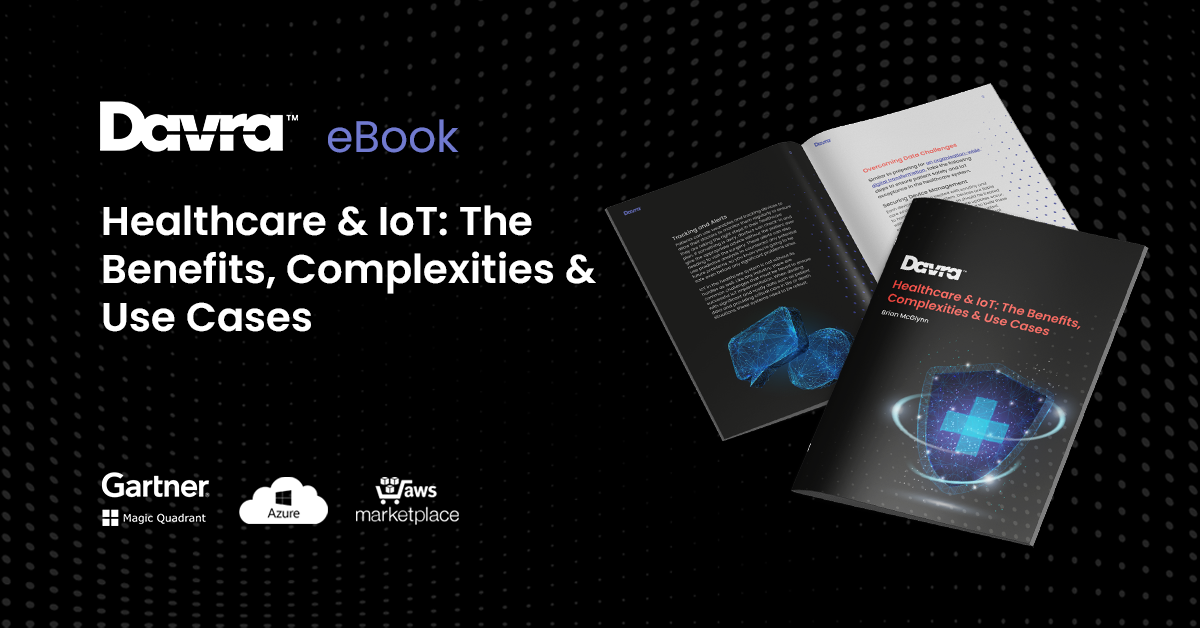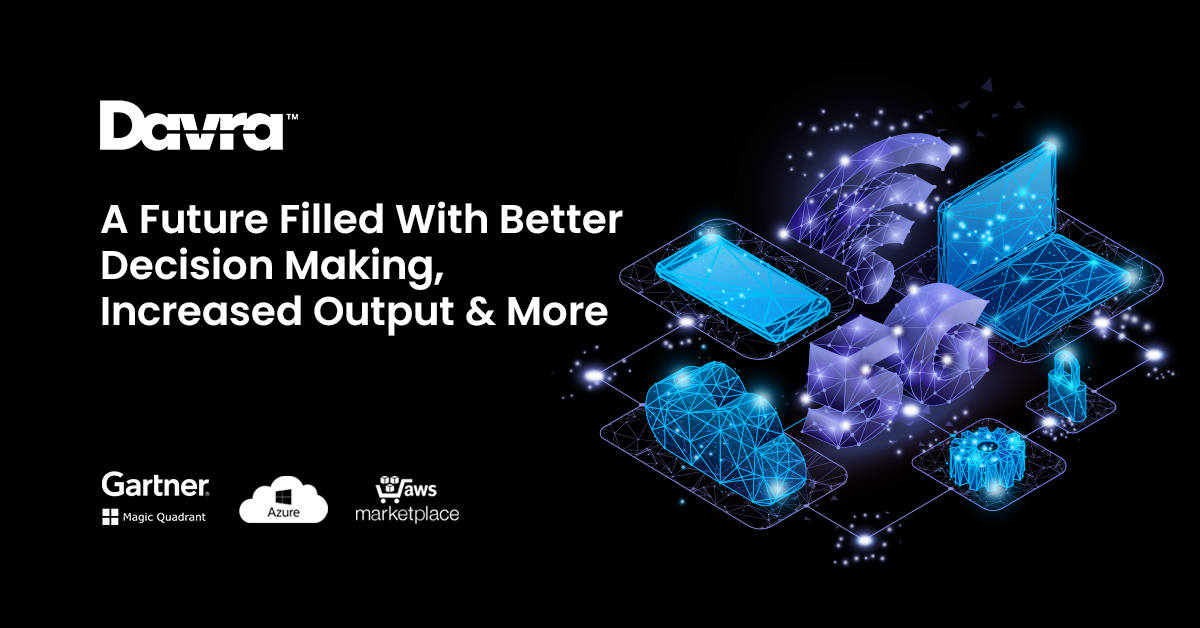IoT in Healthcare Use Cases eBook
Download Your Free IoT in Healthcare Use Cases eBook
Read More


By 2030, there are expected to be 125 billion internet-connected devices across the world. In order to keep up with the increasing demands of data distribution and access to these complex and sprawling systems, the 5G IoT endpoints need to be catered to. In a previous blog post, I spoke about the impact 5G will have on the Internet of Things, and today I am going to be covering how these two technologies will come together to improve processes and networks in the workplace environment.
It might seem like every other day there’s something new cropping up in terms of tech advancements, and that there isn’t enough time to think about all the other implications. We believe that investing in these technologies now will set you up for a future filled with better decision making, reduced product defects and increased throughput in all manufacturing stages.
But how exactly do we even get to that stage?! What with all of these facts and figures floating around about 5G, it can be hard to actually picture these new workplaces and environments.
The workplace is already an ever-changing, flexible environment with wearables, smartphones, remote devices and application usage, as well as electricity and energy-saving measures being adopted across the board. Smart tags and RFID sensors in the supply chain are enabling better inventory management and reducing long-term costs by managing that data in the cloud, rather than manually scanning barcodes at each tier.
We are already seeing IoT being deployed in enterprise offices, with mapping technologies allowing employees to see which rooms are available for meetings. In other larger work environments with heavy equipment, the status of these tools such as their battery charge and location can be checked before actually walking to the building (before we’d walk to find the tools are either not there, or dead!).
Although Gartner has predicted that the largest 5G IoT market will incorporate outdoor cameras for the near future at least, the vast improvements from IoT in the workplace will be pushed by the adoption of 5G. Up until now, data transfer speeds, network reliability and low latency have been a hindrance to IoT adaptation. It has been difficult to see the vast benefits of the IoT due to these issues, but Industry 4.0 and it’s array of integrated systems is about to get the overhaul it needs, thanks to 5G.
5G slashes latency in all aspects of online communication and usage; therefore increasing productivity and real-time processing. Data can be shared over vast distances without any lag, and even collaborative projects involving Augmented Reality and Virtual Reality will be easily incorporated due to Internet speeds.
5G will enable smooth video conferencing for business meetings, no buffering you say?! Zoom meetings will be vastly upgraded, so travel costs and time will decrease thanks to real-time collaboration.
COVID-19 has indeed brought about a new normal, but so will 5G, with a decentralised workforce finding ways of working together, yet apart because of the application support and speeds.
5G can also introduce new business processes thanks to network slicing. The physical network can be partitioned into multiple virtual networks. These virtual parts can allow enterprises to offer degrees of support for different types of services across their customer segments. Customer service that’s perfectly tailored to the individual business will boost sales and credibility, as processes are managed in real-time.
IoT and 5G go hand-in-hand, but in order to achieve the true benefits of this pairing, it’s imperative you have the right systems in place.
Rather than waiting for everything else to fall into place, why not get in touch to see what Davra can do for your organisation as we prepare for 5G and IoT integrated environments. It can be overwhelming to figure out each and every process that is needed to ensure everything works smoothly. But it won’t be long before cities, governments, automotive and healthcare industries are taking advantage of the speed and functionalities offered through 5G.
Brian McGlynn, Davra, COO
Download Your Free IoT in Healthcare Use Cases eBook

Davra IoT is the only Industrial IoT Platform Available on AWS Marketplace
Read MoreThe Collaboration of Humans & Robots Has Created The Cobot
Read More